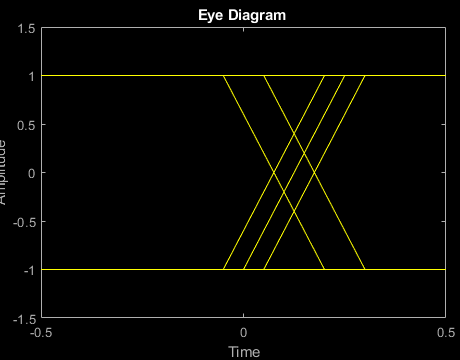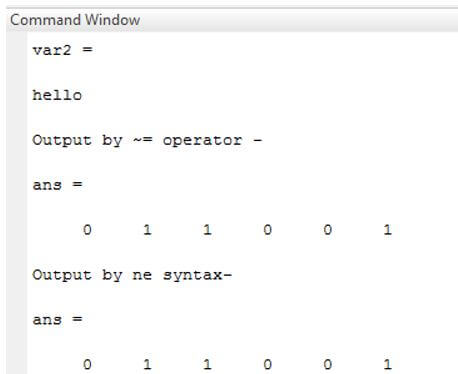


The high-throughput extraction of features from images, known as radiomics 6, 7, 8, aims to enhance clinical decision making by extracting measurements from images that cannot be perceived by the naked eye. PAI has shown promise in a range of clinical applications, with extensive studies performed in breast and skin cancer diagnosis 1, 3, 4, 5. When using near-infrared wavelength pulses of light (700–950 nm) for illumination, deoxy- and oxygenated haemoglobin are dominant photoacoustic absorbers of the light, providing readouts of blood content and oxygenation in normal tissues and tumours. Photoacoustic image contrast arises due to optical absorption, which results in ultrasound generation. Photoacoustic, or optoacoustic, imaging (PAI/OAI) is an emerging imaging modality, currently used in clinical trials 1, 2, which can convey relevant information of the tumour microenvironment 3. In summary, this paper proposes a methodology to select radiomic features extracted from photoacoustic images that are robust to changes in acquisition and reconstruction parameters, and discusses features found to have discriminating power between the underlying tumour models in a pre-clinical dataset. Skewness was again found to be an important feature, as were 10th Percentile, Root Mean Squared, and several other texture-based features. We then ranked features by their importance in the model. We also built discriminant models with radiomic features that were correlated with the underlying tumour model and were independent from each other. In particular, we found that Skewness was sensitive to differences between basal and luminal patient derived xenograft cancer models with an \(\eta ^2\) of 0.86, and that it was robust to variations in confounding factors such as reconstruction type and wavelength. We investigated expanding the set of measurements that can be extracted from these images by adding radiomic features.

Currently, the measurements most commonly performed on such images are the mean and median of the pixel values of the tumour volumes of interest. Percent = 100.*app.times(i)./ Īpp.ElapsedTimeLabel.Photoacoustic imaging is an increasingly popular method of exploring the tumour microenvironment, which can provide insight into tumour oxygenation status and potentially treatment response assessment. While (etime(clock, t0) < ) & (app.stopButtonPressed = false)Īpp.data(i) = str2double(readline(app.arduinoObj)) Īpp.DegreeofFlexGauge.Value = app.data(i) % is the string value of the COM port the user selects from a list of available serial portsĪpp.arduinoObj = serialport(, str2double()) ĬonfigureTerminator(app.arduinoObj,"CR/LF") Īpp.arduinoObj.UserData = struct("Data","Count",1) Would anyone happen to know what exactly is causing the issue?Ĭode (for MATLAB app): % Button pushed function: StartButton I've checked which serial port the hardware is connected to, I've checked the configureTerminator, and whether the serial port object was created correctly. For more information on possible reasons, see serialport Read Warnings. Warning: The specified amount of data was not returned within the Timeout period for 'readline'. i've created a MATLAB app that reads, records, and logs data from digital signal inputs but seem to have problems with the serial connection itself. I'm working on a data acquisition project using sensors and I have a DAQ board connected to an Arduino due, and both connected to my computer via USB.


 0 kommentar(er)
0 kommentar(er)
